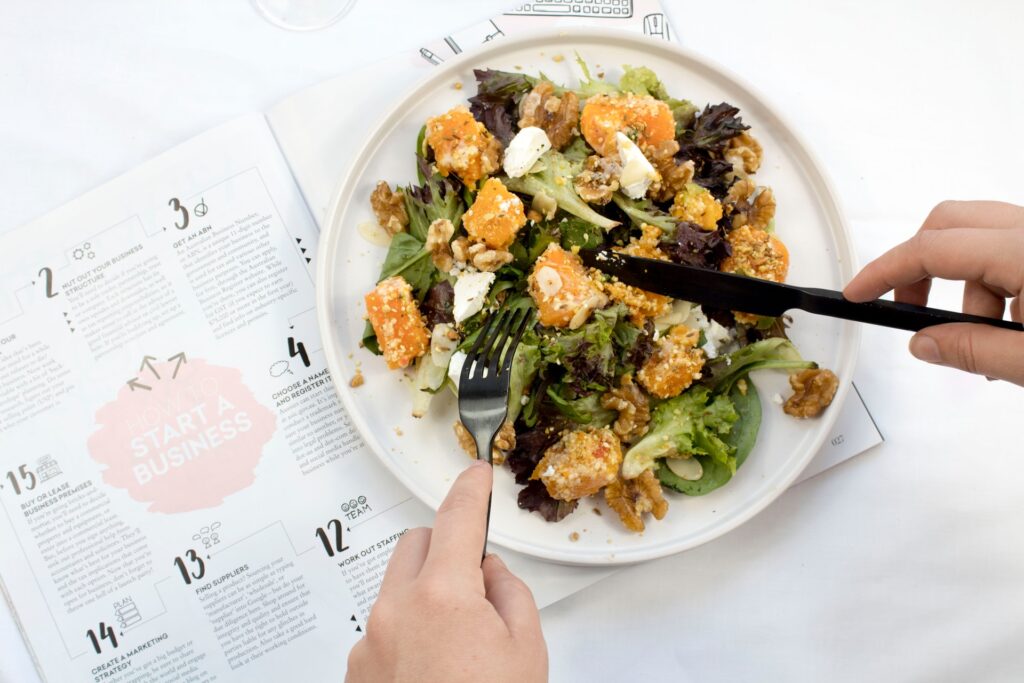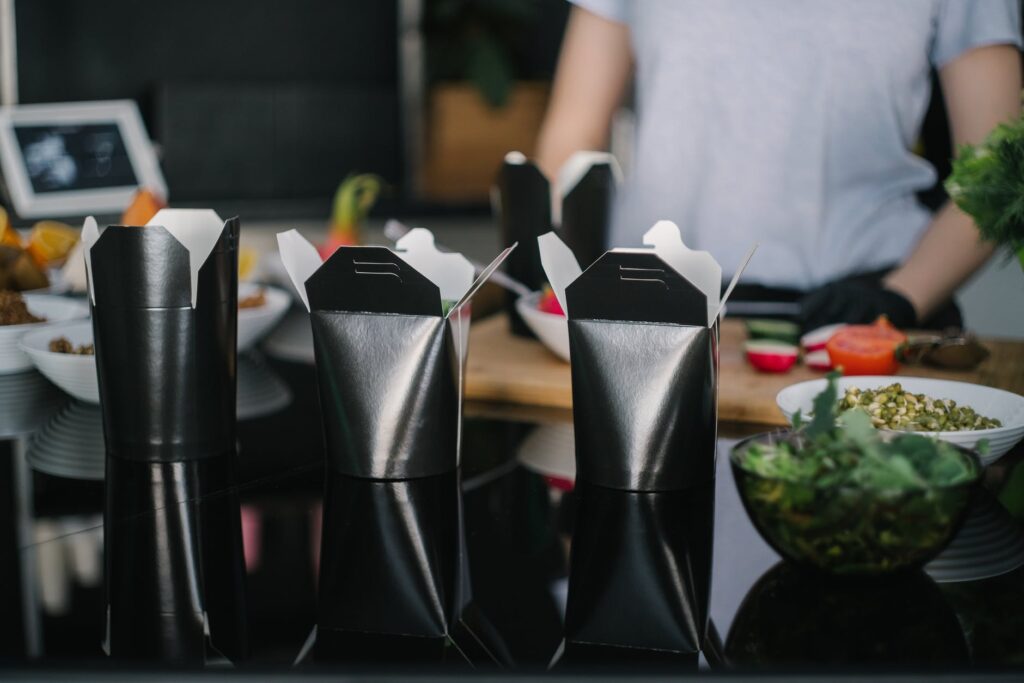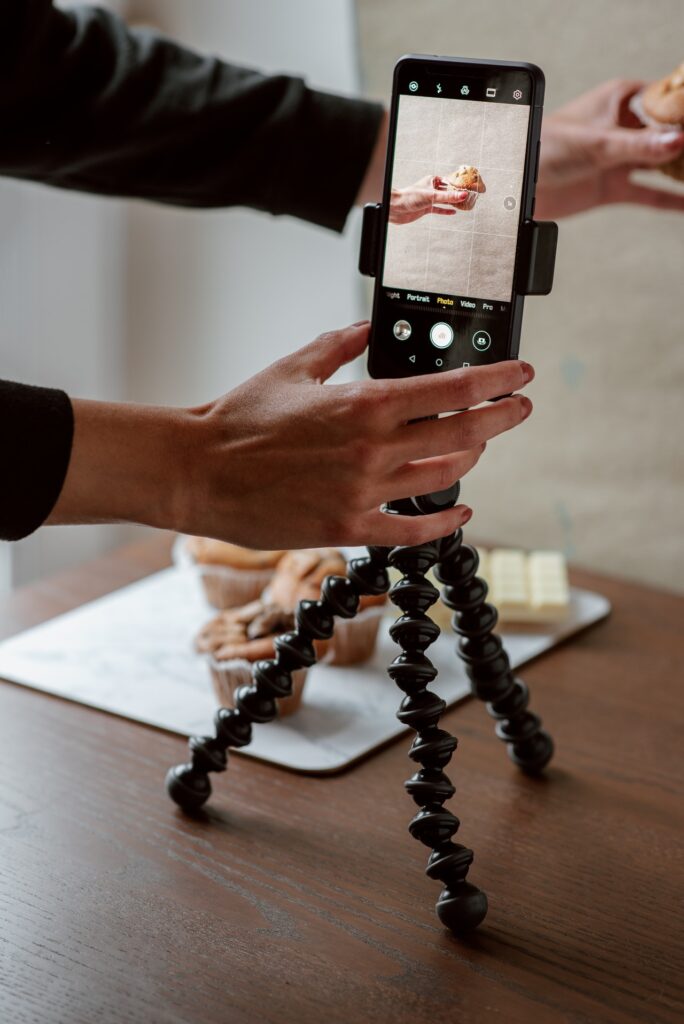Since COVID changed just about every facet of our everyday, more people than ever have found solace in the kitchen, with amateur bakers, butchers, sushi chefs and wok enthusiasts all cooking up a storm from home.
Naturally, some entrepreneurial minded folk have started to sell their wares, keen for recognition beyond the wife, kids and dog for their home cooked creations.
At the same time, those already in the restaurant and catering industry have had to adapt, too, and some have started operating delivery businesses from their home kitchen, keen to keep their knives sharp and palettes refined for when restaurants are allowed to reopen later this year.
Whether you’re intending to double down on your midweek bolognese and sell the extra for profit, you’ve been baking cupcakes which have gained a cult following on Instagram, or you’re a bored professional chef chomping at the bit, there are a few things to know before you start selling your food from home safely and effectively.
With that in mind, here are 6 tips on how to start a food business from your home kitchen.
HERE TO HELP CAMPAIGN
There are a ton of practical requirements you’ll need to meet if you’re starting a food business from home, from registering as a food business and as self employed, to getting permission from your mortgage provider or landlord, and even asking the local council to assess whether you’re meeting all health, safety and hygiene requirements.
To make things easier, as part of their Here to Help Campaign, the Government are offering support and guidance to food business adapting during COVID, including advice on all of the practical requirements and much more, particularly on the food safety side of things.
Before any consultation with professionals in the field or health inspectors, ask yourself a few basic questions: ”what certification and formal training do I need regarding food hygiene?”, ”how can I make sure my products are free from contamination?”, ”are there food safe gloves that are deemed to be industry standard?”, ”how do health and safety protocols differ in a home kitchen to a professional one?”, and and “what coverage should my food liability insurance provide to ensure I’m fully protected?” are just a few you should be considering.
Head to the Government’s website for more information on guidance for starting a food business from home.

HONE YOUR IDEA
There’s a lot of competition out there. In fact, every home kitchen in every house across the country has the potential to be your competitor. As such, your proposition needs to be unique, one-of-a-kind and something which, ideally, restaurants in your locale can’t provide.
So, consider your dishes and how they might fill a hungry hole in your community. Family recipes passed down from generation to generation, a cuisine which the restaurants in your city don’t cover, or a super-indulgent take on a traditional, ‘comfort food’ dish are all concepts which work particularly well from the home kitchen setting.
Don’t simply offer some half-rate pasta or a burger which, frankly, isn’t as good as your local Honest. Instead, do something unique and celebratory of ‘home’.
MAKE IT EASY TO ORDER
Online ordering systems are an integral part of any takeaway food business, and without them, you might as well be totting up your orders on an abacus and hoping a carrier pigeon will deliver them safely across town.
Should you be starting out from scratch with your from-home food business, the guys at Flex Catering, who offer catering software for UK caterers, tell us that newcomers to the industry should make their proposition as simple-to-order as possible, ideally allowing customers ‘’One Page Checkout (which) provides the best user experience where customers can place their orders quickly and with the fewest possible steps’’.
In such a crowded marketplace, this simplicity of transaction could be the difference between customers preferring you or choosing your competitors.
Using catering software doesn’t only help with the ordering process, however. In fact, upgrading your home catering business to cloud-based catering software will not only simplify the customer experience, but also make managing your business from home much more straightforward, too.

SOCIAL MEDIA SMARTS
Social Media – it’s one of the most influential and important things to get right for any business. If you don’t bother capitalising on the power of social media, then you may as well shut up your online food business right now. This is particularly pertinent for those running their food business from home, where the budget for a full on marketing campaign probably isn’t there.
That doesn’t mean you can’t engage with your niche audience directly and personally. Quite the opposite, in fact; use social media smartly and you’re more likely to see uptake on your products.
If you’re selling hot sauce, for example, then jump on spice specific hashtags, like #habanero, #chilli and #sriracha. Should you be peddling phad thai, #Thaifood is the bare minimum you should be tagging.
To generate a bit of a buzz in a particularly testing time, some takeaway places have been running competitions over social media which are great for engaging with potential diners. You might even achieve the holy grail, of customer loyalty and repeat purchases. If you’re keen to do just that, then you could do worse than checking out our article on 5 of the best online marketing tools to capture the attention of new customers here.
Instagram has become a notorious focal point for foodies taking the perfect snap before tucking in. Some of the most popular hashtags include #foodporn, which features in 179.9 million pictures, and #foodgasm which has been tagged 40.7 million times to date. Which brings us to our next point…


PROFESSIONAL FOOD PHOTOS
Visual marketing is certainly where the consumer’s attention is most succinctly caught these days, and its importance is growing with each passing year.
Nowhere is this truer than in the food industry. People eat with their eyes first, and by taking the time to create some memorable photos and learning the basics of food photography, you could make the difference between your business rising or sinking.
While, of course, you can take decent photos on your smartphone, it’s worth hiring a food photographer to really capture your food at it’s best if you’re keen to make a go of this thing. And that’s why you’re here, right? The photos that you share on your website and via social media will be essential in generating and growing your business, so take appropriate care of this side of the project. Because, let’s be honest, who ever ordered from a place without scrutinising pictures of the food first?
VEGAN TAKEOVER
More and more people are changing their dietary preferences, and the rise of veganism has been an unprecedented trend in the food industry in recent years.
A survey found that the number of vegans in the UK had reached 3.5 million in 2018, which is representative of the soar in consciousness towards the ethical concerns and environmental impacts of livestock farming. It’s up to you to react to these changing demands, and if you’re keen to conquer an increasingly prominent corner of the market, it’s essential you have a vegan offering on your menu.
THE BOTTOM LINE
Catering is, even at the best of times, a challenging and demanding job. And these are most certainly not the best of times. Going forward, the industry is only set to get more complex as the post-COVID rules are readjusted and refined, but with a little endeavour and a lot of great cooking, you could make a success of your home food business. Good luck!





